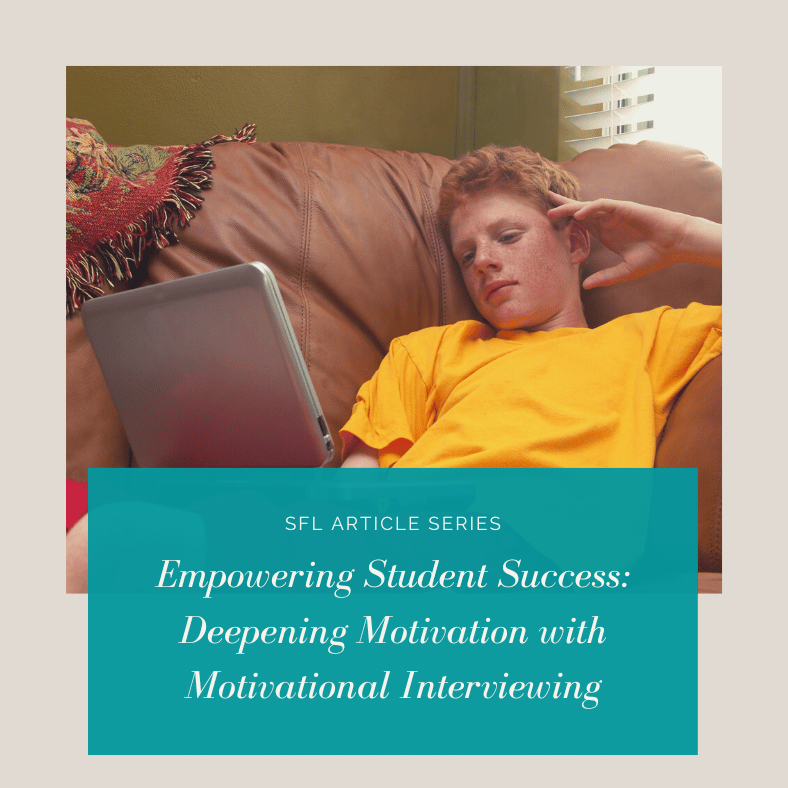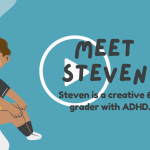No products in the cart.

How to Motivate Your Child with Research-Backed Strategies
In our previous article, we explored the transformative power of Motivational Interviewing (MI) as a technique to enhance student motivation. Today, we delve further into this science-backed approach, uncovering specific strategies and examples of how MI can be effectively implemented in educational settings. By deepening our understanding of MI and its practical applications, educators and allied professionals can unlock the full potential of their students and foster a culture of motivation and growth.
Creating a Supportive Environment
One fundamental aspect of MI is the creation of a supportive and non-judgmental environment. Students thrive when they feel valued and understood. Educators can demonstrate empathy by actively listening, acknowledging their students’ experiences, and validating their feelings. By providing a safe space for expression, educators lay the foundation for productive conversations that stimulate motivation.
Exploring Ambivalence and Resistance
Motivation often coexists with ambivalence and resistance, particularly when students face challenges or encounter obstacles. MI encourages educators to explore these conflicting emotions, as they can provide valuable insights into the underlying reasons for resistance. Through open-ended questions and reflective listening, educators can help students articulate their concerns, fears, and hesitations, ultimately paving the way for productive problem-solving and goal-setting.
Sample Questions in Motivational Interviewing:
Below are examples of the types of questions that can be used during MI sessions to facilitate exploration and reflection:
- “What are the things that matter most to you in your education?”
- “How does achieving your academic goals align with your personal values and aspirations?”
- “What are some of the challenges you foresee in pursuing your goals, and how might you overcome them?”
- “Tell me about a time when you felt motivated and accomplished academically. What made that experience meaningful for you?”
- “If you were to visualize your ideal future, what would it look like, and how can your education contribute to that vision?”
Setting and Achieving Meaningful Goals
Once a student’s aspirations and concerns have been explored, educators can collaborate with them to set meaningful goals. It is important to ensure that these goals are specific, measurable, attainable, relevant, and time-bound (SMART). By breaking down large goals into smaller, manageable steps, educators help students develop a sense of progress and achievement. Regular check-ins, feedback, and adjustments to the plan keep students engaged and motivated throughout the journey.
Celebrating Progress and Resilience
Acknowledging and celebrating students’ progress and resilience is vital to sustaining motivation. As educators, we must recognize and commend the effort students put into their learning and growth. By providing positive reinforcement, highlighting their strengths, and offering specific feedback, educators inspire students to persist, overcome challenges, and maintain their motivation over time.
Educator’s Tool to Motivate Your Child
Motivational Interviewing serves as a powerful tool for educators to deepen student motivation, address ambivalence, and empower students to take ownership of their educational journey. By creating a supportive environment, exploring ambivalence, using thought-provoking questions, setting meaningful goals, and celebrating progress, educators can ignite a passion for learning and drive long-lasting student success. Embracing the principles of MI, we can unlock the potential within each student and foster a culture of motivation, growth, and achievement.
Written by BJ McIntyre, Director of Education, M.A.
Read more about how to motivate your child to learn from a parent’s perspective.






